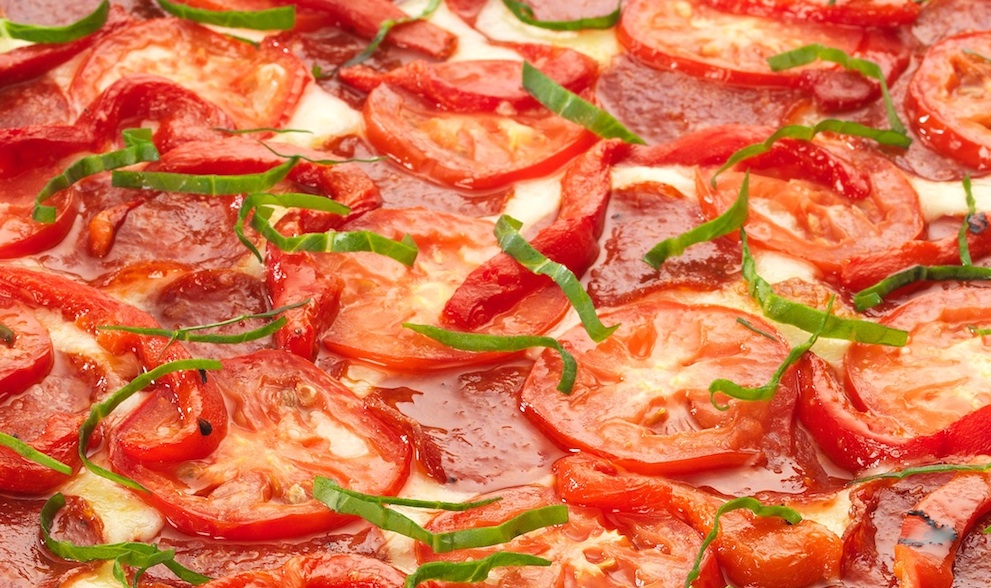by Andrew Mellman » Tue Nov 23, 2010 11:44 pm
I go on rants every year around this time, and will try to contain myself.
1. Butterballs are used as lost leaders by most groceries.
2. The reason that Butterball is so cheap compared to "fresh" turkeys is that Butterballs are planned three years in advance, leveraged against grain prices by trading commodities to guarantee profitability, while the older breeds are usually priced at the time of sale.
3. Any turkey pro will tell you to always buy a frozen bird unless you personally know the farmer slaughtering your bird; the definition of a "fresh" turkey is one that is chill-packed at 31 degrees for something like 13 weeks or less. They will always taste better, but this is due to the growth of bacteria in the birds. Aging beef is good, in that the bacteria affect flavor but stay on the outside of the meat, meaning cooking beef kills the bad bacteria while keeping the improved flavor. With poultry, the bacteris get inside the bird due to eviscerating the animal, meaning the bad bacteria cannot be killed unless one cooks the bird until it is totally dry. Remember, a "frozen" bird is rock solid less than on hour after being brought in alive (at least Butterballs are brought into a plant alive - if any look like those pictured the whole truckload is rejected).
4. I see people buying heritage breeds all the time, and when I ask, they like white meat. Butterballs were bread to have broad breasts (the official breed name is something like "broad breasted white"), while heritage breeds have around 2/3 as much white meat as a modern breed.
I think Butterball is the best deal in the marketplace, is safe for anyone to consume, and when cooked correctly is both safe AND juicy (rare with most other fresh turkeys).
Andrew Mellman

